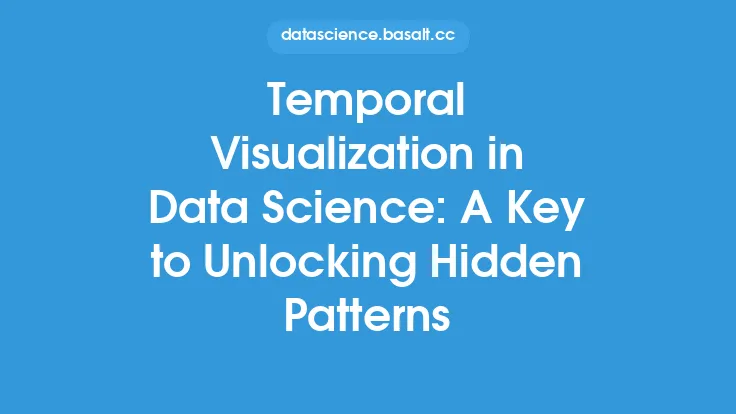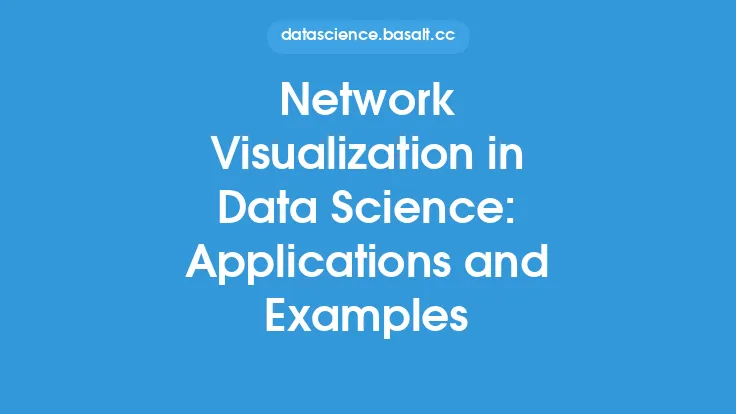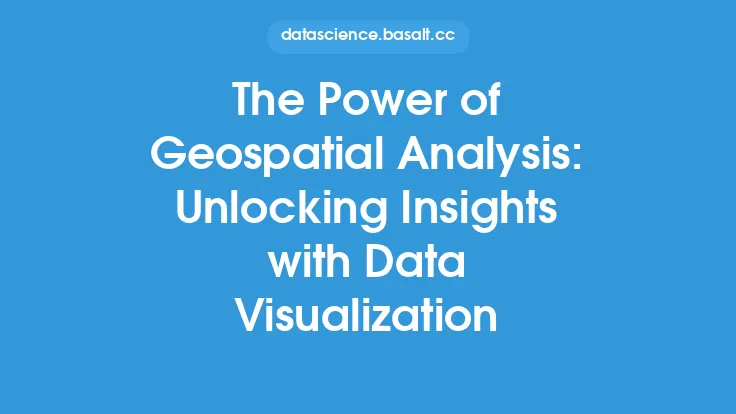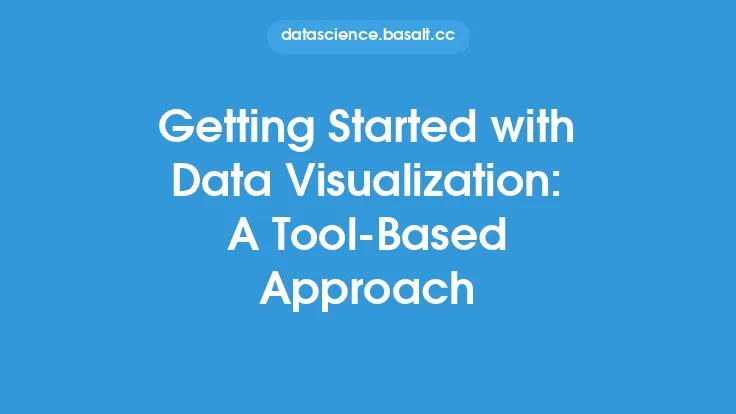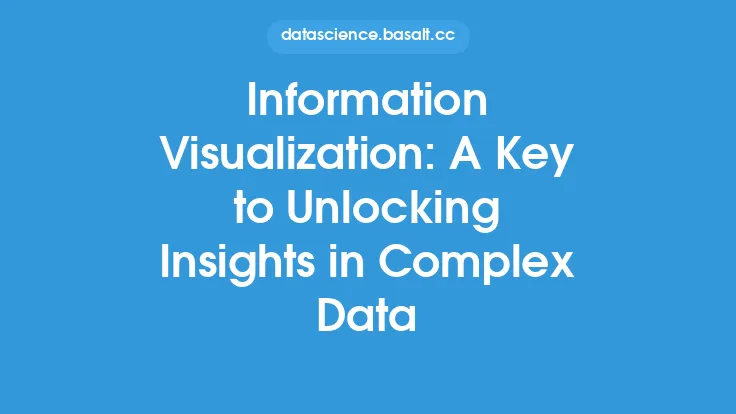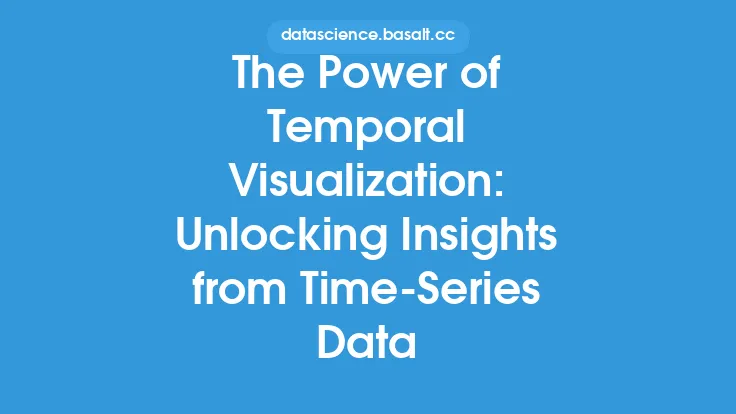Network visualization is a crucial aspect of data science, as it enables researchers and analysts to gain insights into complex relationships and patterns within large datasets. By representing data as a network of interconnected nodes and edges, network visualization provides a unique perspective on the underlying structure of the data, allowing for the identification of clusters, communities, and other important features. In this article, we will delve into the world of network visualization from a data science perspective, exploring the key concepts, techniques, and tools used to unlock insights from complex network data.
Introduction to Network Visualization
Network visualization is a subfield of data visualization that focuses on the representation of relational data as a network of nodes and edges. This type of visualization is particularly useful for analyzing data that contains complex relationships, such as social networks, traffic patterns, or molecular interactions. By visualizing these relationships, researchers can identify patterns, trends, and correlations that may not be immediately apparent from traditional data analysis techniques. Network visualization has a wide range of applications, from understanding the spread of diseases to identifying key players in a social network.
Key Concepts in Network Visualization
To effectively visualize and analyze network data, it is essential to understand several key concepts. These include nodes, edges, and graphs. Nodes, also known as vertices, represent the individual entities within the network, such as people, locations, or objects. Edges, on the other hand, represent the relationships between these entities, such as friendships, roads, or chemical bonds. A graph is a collection of nodes and edges that represent the overall structure of the network. Other important concepts in network visualization include degree, centrality, and clustering coefficient, which provide insights into the importance and connectivity of individual nodes within the network.
Network Visualization Techniques
There are several techniques used in network visualization, each with its own strengths and weaknesses. One of the most common techniques is the force-directed layout, which uses a physical analogy to position nodes in a way that minimizes overlap and crossing edges. Other techniques include circular layouts, which are useful for visualizing small, dense networks, and hierarchical layouts, which are useful for visualizing large, complex networks. Additionally, techniques such as edge bundling and node clustering can be used to reduce visual clutter and improve the readability of the network visualization.
Tools and Software for Network Visualization
There are many tools and software packages available for network visualization, ranging from simple, web-based applications to complex, commercial software suites. Some popular options include Gephi, a free, open-source platform for network data analysis, and Cytoscape, a software package specifically designed for visualizing and analyzing biological networks. Other tools, such as NetworkX and igraph, provide programming libraries for network analysis and visualization, allowing researchers to create custom visualizations and integrate network visualization into larger data analysis workflows.
Applications of Network Visualization in Data Science
Network visualization has a wide range of applications in data science, from understanding the structure of social networks to identifying patterns in traffic flow. In biology, network visualization is used to study the interactions between genes, proteins, and other molecules, while in finance, it is used to analyze the relationships between companies and investors. Network visualization is also used in epidemiology to study the spread of diseases, and in computer science to optimize network performance and security. By providing a unique perspective on complex relational data, network visualization is an essential tool for data scientists and researchers across a variety of fields.
Challenges and Limitations of Network Visualization
Despite its many benefits, network visualization also presents several challenges and limitations. One of the main challenges is visual clutter, which can occur when the network is large and complex, making it difficult to interpret the visualization. Other challenges include the need for high-quality data, the risk of misinterpretation, and the potential for visual bias. Additionally, network visualization can be computationally intensive, requiring significant resources and processing power to generate and render large, complex networks. To overcome these challenges, researchers and analysts must carefully consider the design and implementation of their network visualizations, using techniques such as filtering, aggregation, and interactive visualization to improve readability and insights.
Future Directions in Network Visualization
As the field of data science continues to evolve, network visualization is likely to play an increasingly important role in the analysis and interpretation of complex relational data. Future directions in network visualization include the development of new techniques and tools for visualizing and analyzing large, dynamic networks, as well as the integration of network visualization with other data science techniques, such as machine learning and natural language processing. Additionally, the increasing availability of large, high-quality network datasets is likely to drive innovation in network visualization, enabling researchers to ask new questions and gain new insights into complex systems and phenomena. By providing a unique perspective on the underlying structure of complex data, network visualization is poised to remain a vital tool for data scientists and researchers in the years to come.
